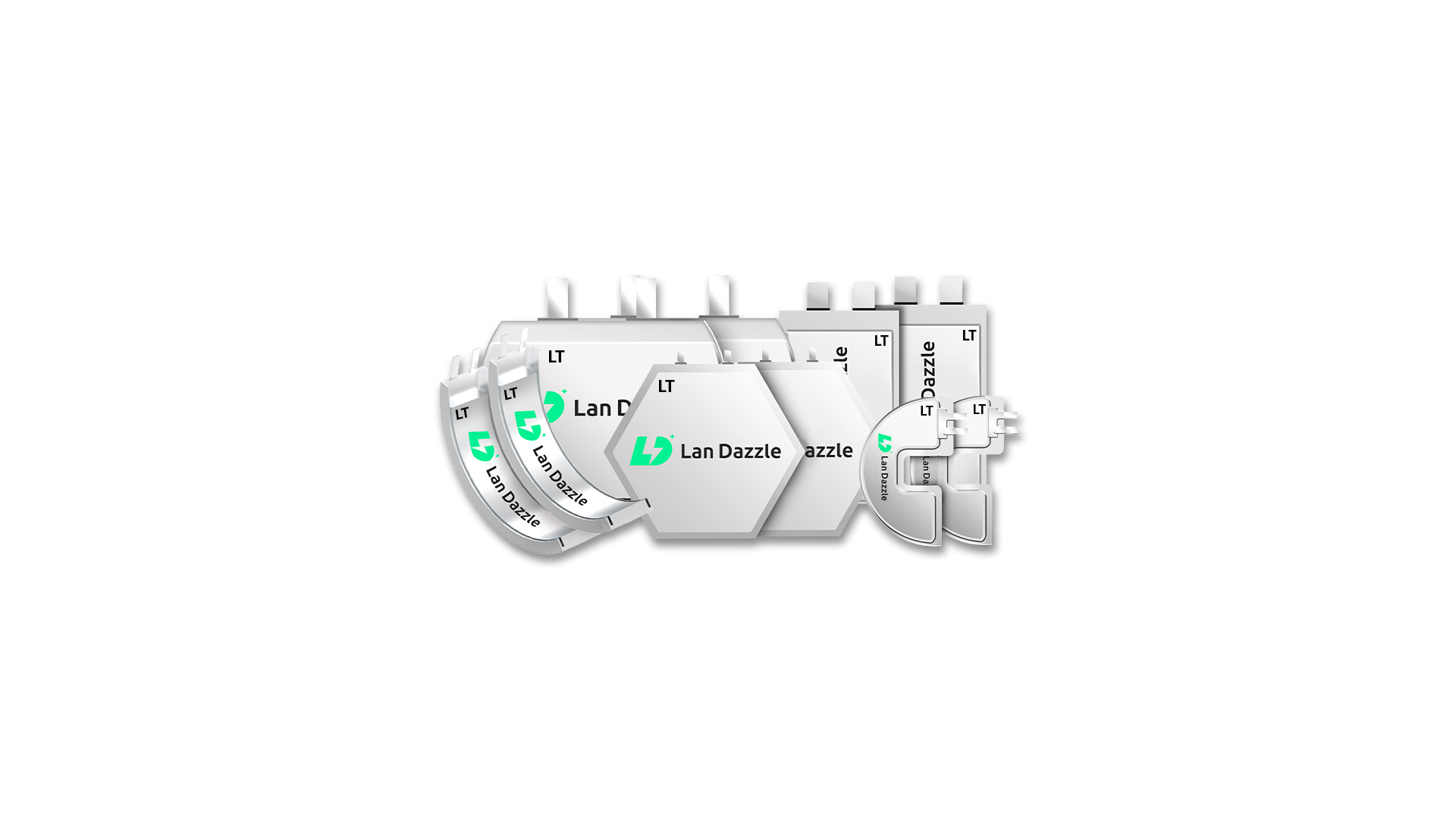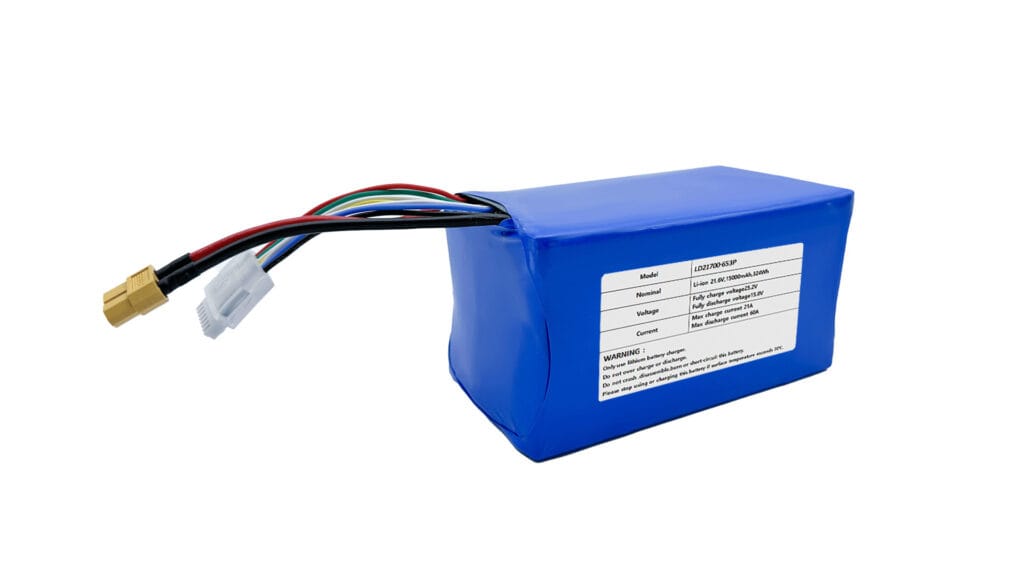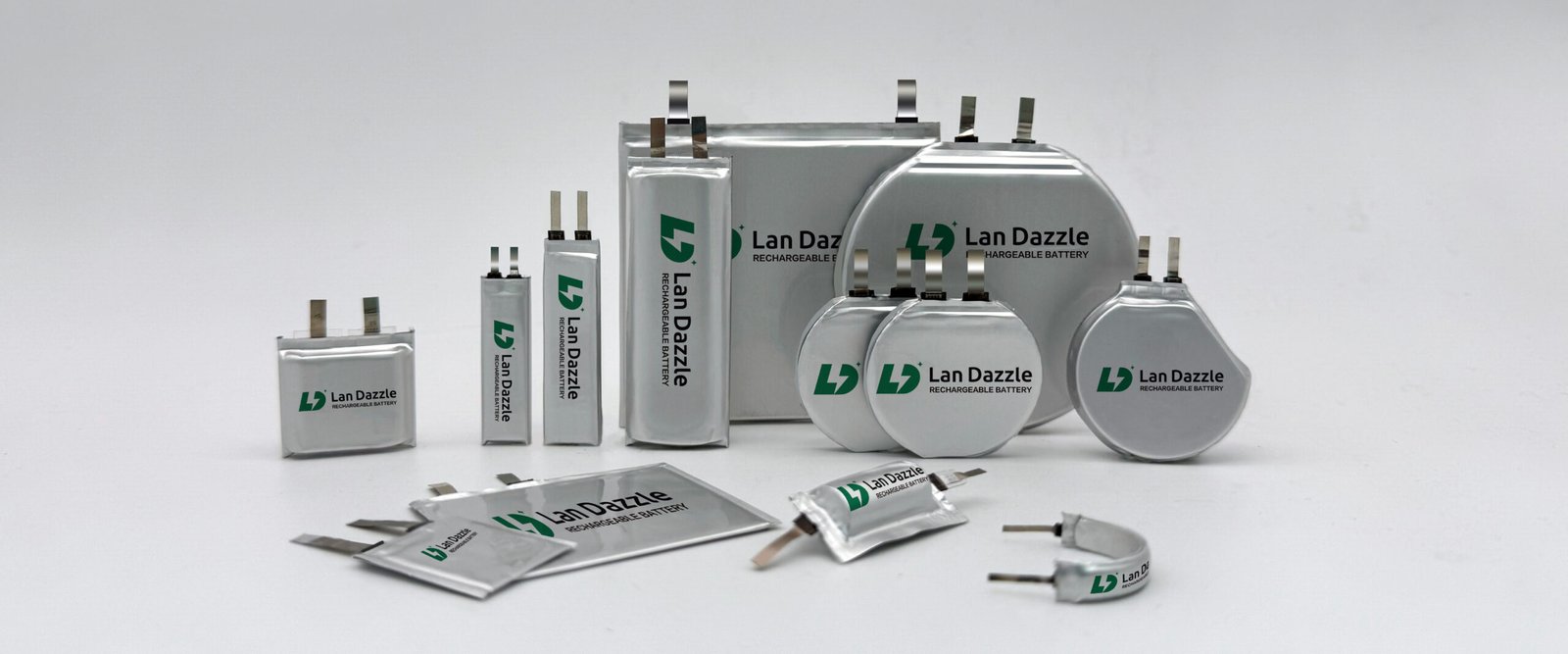Introduction
Rechargeable batteries are the backbone of modern electronics and renewable-energy systems. Lithium-ion (Li-ion) has dominated since the early 1990s due to its superior energy density (up to 300 Wh/kg) and robust cycle life (1,000–3,000+ cycles). But as demand surges for EVs, portable devices, and grid storage, lithium-metal supply and geopolitical concentration have led to price volatility—peaking above $20/kg in early 2023 before settling around $6–8/kg in late 2024. This guide will dive into the differences between sodium ion battery vs lithium ion battery.
Sodium-ion (Na-ion) technology substitutes sodium—an element with virtually unlimited supply—for lithium. While Na-ion cells currently offer lower energy density (130–160 Wh/kg), they leverage existing Li-ion manufacturing lines and use cheaper, more sustainable raw materials. Early commercial pilots demonstrate promising cycle life (2,000–4,500+ cycles) and cost reductions of 10–15% at pack level.
Introduction to Sodium ion Battery vs Lithium ion Battery
A. Lithium-ion Fundamentals
Lithium-ion cells consist of:
-
Anode: Graphite (~372 mAh/g)
-
Cathode: Layered lithium-metal oxides—commonly NMC (Ni–Mn–Co), NCA (Ni–Co–Al), or LFP (LiFePO₄)
-
Electrolyte: Organic solvents with lithium salts (e.g., LiPF₆)
During discharge, Li⁺ ions shuttle from anode to cathode through the electrolyte; charging reverses this flow. A typical nominal cell voltage is 3.6–3.7 V. Commercial cells today achieve gravimetric energy densities of 200–300 Wh/kg and volumetric densities of 500–700 Wh/L.
Key benefits:
-
High energy density: Ideal for long-range EVs and compact electronics
-
Mature supply chain: Established mining, processing, and recycling
B. Sodium-ion Fundamentals
Sodium-ion cells mirror Li-ion architecture but use:
-
Anode: Hard carbon (~300 mAh/g)
-
Cathode: Sodium-intercalation materials—layered oxides (NaₓMO₂, M = Fe, Mn, Ni) or Prussian-blue analogs
-
Electrolyte: Non-aqueous or aqueous sodium salts
Because Na⁺ ions are larger (1.02 Å vs. 0.76 Å for Li⁺), electrode formulations adjust pore size and crystallography to accommodate sodium. Nominal voltage is slightly lower—3.2–3.3 V. Na-ion prototype cells deliver 130–160 Wh/kg at the cell level, with pack-level densities around 120–140 Wh/kg .
Advantages:
-
Abundant materials: Sodium salts cost ~$0.01/kg vs. $6–8/kg for lithium.
-
Manufacturing synergy: Many Li-ion lines adapt to Na-ion with minimal retooling.
-
Emerging safety: Non-flammable aqueous electrolytes under development.
Sodium ion Battery vs Lithium ion Battery: What’s the Differences
1. Energy Density & Capacity
-
Lithium-ion:
-
Gravimetric: 200–300 Wh/kg (commercial); lab cells > 400 Wh/kg.
-
Volumetric: 500–700 Wh/L.
-
-
Sodium-ion:
-
Gravimetric: 130–160 Wh/kg (current prototypes); R&D target > 200 Wh/kg .
-
Volumetric: 300–400 Wh/L.
-
Takeaway: Li-ion leads in energy density, critical for long-range EVs and handheld devices. Na-ion’s modest density is sufficient for stationary storage and entry-level EVs.
2. Cycle Life & Durability
-
Lithium-ion: 1,000–3,000 full cycles to 80% capacity; LFP variants can exceed 5,000 cycles.
-
Sodium-ion: 2,000–4,500+ cycles at 80% depth of discharge in recent commercial pilots; Natron Energy reports > 50,000 cycles with aqueous Na-ion chemistries .
Takeaway: Cycle life is comparable or superior for Na-ion in certain formulations, making it attractive for heavy-duty and grid applications.
3. Charge/Discharge Rates & Efficiency
-
Lithium-ion: Fast-charge rates of 1 C–5 C (full charge in 12–60 min); round-trip efficiency 85%–95%.
-
Sodium-ion: Demonstrated 1 C–2 C rates (30–60 min full charge) with ~ 90% efficiency .
Takeaway: Both chemistries support fast charging; Li-ion currently offers faster top-end charge rates, though Na-ion performance is improving rapidly.
Cost & Resource Considerations
1. Raw-Material Availability & Price
-
Lithium: $6–8 USD/kg (late 2024); concentrated in Australia, Chile, China.
-
Sodium: $0.01 USD/kg; ubiquitous in seawater and salt deposits.
2. Pack-Level Cost
-
Li-ion packs:
-
Average $115 USD/kWh in 2024 (20% drop from 2023)—a record low according to BloombergNEF.
-
-
Na-ion packs:
-
Early pilots report $80–90 USD/kWh, typically 10–15% cheaper than Li-ion at equivalent performance levels .
-
Lower raw-material costs and simpler cathodes suggest Na-ion can undercut Li-ion, especially for stationary storage.
3. Recycling & End-of-Life
-
Lithium-ion: Mature recycling for cobalt, nickel, copper; processes are complex due to varied chemistries.
-
Sodium-ion: Simpler chemistries (iron, manganese) reduce toxicity and processing steps; commercial recycling methods are nascent.
Takeaway: Na-ion’s streamlined material profile promises lower recycling costs and environmental impact in the long run.
Safety & Environmental Impact
1. Thermal Stability & Fire Risk
-
Li-ion: Flammable organic electrolytes can undergo thermal runaway above ~ 220 °C, leading to fires.
-
Na-ion: Many prototypes employ non-flammable aqueous or flame-retardant electrolytes; cells tolerate > 300 °C before decomposition .
2. Toxicity & Disposal
-
Li-ion: Contains cobalt and nickel—heavy metals with environmental and health hazards if leached.
-
Na-ion: Uses iron and manganese—low-toxicity and widely available.
3. Sustainability Footprint
-
Li-ion mining: High water usage and habitat disruption in key regions.
-
Na-ion sourcing: Predominantly salt extraction with minimal ecological disturbance.
Takeaway: Sodium-ion batteries offer improved safety margins and a greener lifecycle profile—vital for large-scale deployments.
Application Case Studies
1. Grid-Scale Storage: Faradion & Snowy Hydro
In late 2022, Faradion partnered with Australia’s Snowy Hydro to deploy a 2 MW / 8 MWh Na-ion battery system in New South Wales. Over the first year, the system delivered stable performance across seasonal temperature swings and provided frequency regulation services—at a 15% lower capital cost compared to similar Li-ion installations .
2. Electric Vehicle Prototypes: HiNa & Sehol E10X
Chinese firm HiNa Battery Technology equipped the JAC Sehol E10X city car with a 23.2 kWh Na-ion pack (145 Wh/kg), delivering 230 km of range and 0–80% in 30 min charging. Trials in moderate climates showed consistent power output and no capacity fade over 1,000+ cycles .
These pilots highlight Na-ion’s current sweet spot: stationary energy and urban-range EVs, while Li-ion continues to dominate high-performance and long-range applications.
Future Outlook & Innovations
-
Solid-State Na-ion: Research into ceramic and polymer electrolytes aims to boost safety and energy density.
-
Advanced Cathodes: Polyanionic materials (e.g., Na₃V₂(PO₄)₃) target > 200 Wh/kg at the cell level.
-
Market Projections:
-
Li-ion: ~ 8% CAGR (2025–2035).
-
Na-ion: ~ 25% CAGR as production scales and costs decline.
-
Major manufacturers like CATL plan Na-ion mass production by 2025, potentially scaling to several GWh annually. As both technologies evolve, expect Na-ion to complement Li-ion—particularly where cost, safety, and resource sustainability are paramount.
FAQ
-
-
How do sodium-ion and lithium-ion batteries differ in performance?
Sodium-ion cells typically offer 130–160 Wh/kg, compared to 200–300 Wh/kg for lithium-ion. While Li-ion leads in energy density—ideal for long-range EVs and compact electronics—Na-ion’s performance is sufficient for stationary storage and entry-level EVs. -
Are sodium-ion cells safer than lithium-ion batteries?
Yes. Many Na-ion chemistries use non-flammable aqueous or flame-retardant electrolytes and tolerate higher temperatures (> 300 °C), significantly reducing thermal-runaway risk compared to Li-ion cells, which can ignite above ~ 220 °C. -
What applications suit sodium-ion technology best today?
Na-ion batteries excel in grid-scale energy storage—where lower cost and cycle life matter more than peak energy density—and in urban or short-range EVs, e-bikes, and backup power systems. -
Which battery type costs less per kilowatt-hour?
Sodium-ion packs currently cost about 10–15 % less than Li-ion at the pack level (roughly $80–90/kWh vs. $115/kWh), thanks to abundant, low-cost sodium salts and simpler cathode materials. -
How long do sodium-ion batteries typically last compared to lithium-ion?
Commercial Na-ion cells achieve 2,000–4,500+ cycles at 80 % depth of discharge, on par with or exceeding many Li-ion chemistries (1,000–3,000 cycles). Some aqueous Na-ion systems claim 50,000+ cycles for grid use. -
Is sodium-ion technology more environmentally friendly?
Yes. Na-ion relies on iron and manganese—low-toxicity, earth-abundant metals—and common salt extraction, reducing mining impacts and improving recyclability compared to cobalt- and nickel-rich Li-ion systems. -
When is sodium-ion expected to reach mainstream commercial use?
Major manufacturers like CATL plan mass production by 2025, with broader commercial deployments in stationary storage and small EV segments by 2026–2027 as scale and costs improve
-
Conclusion
Lithium-ion remains the go-to for high-energy, high-power needs (smartphones, long-range EVs), while sodium-ion shines in cost-sensitive, safety-critical roles (grid storage, urban EVs). As Na-ion technology matures, it will stand shoulder-to-shoulder with Li-ion—expanding consumer choice and advancing the clean-energy transition.





@2x.png)